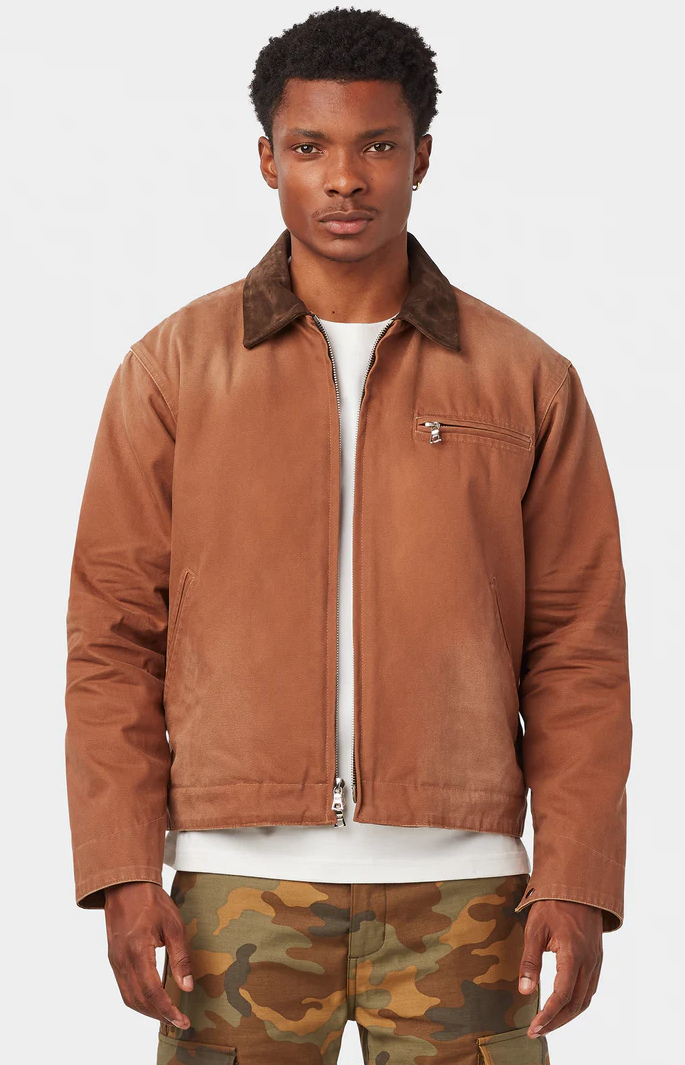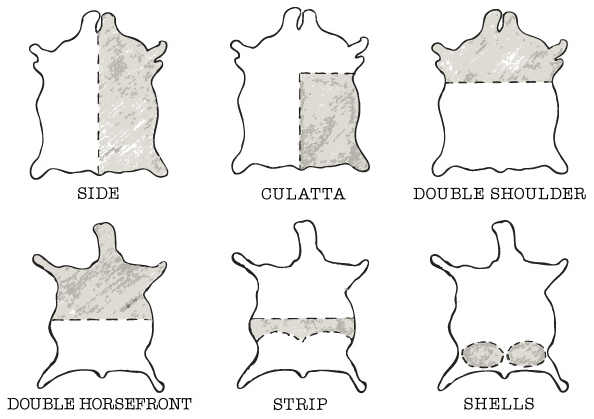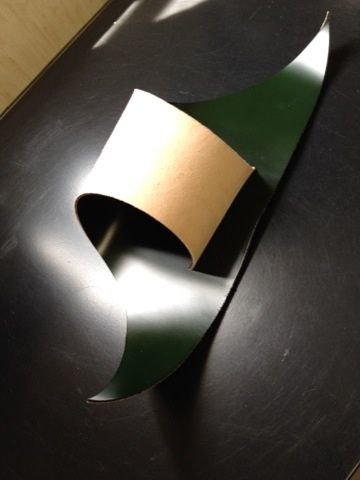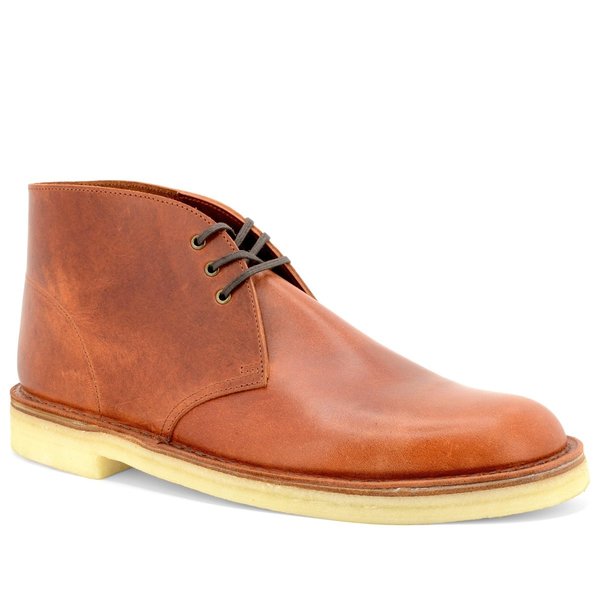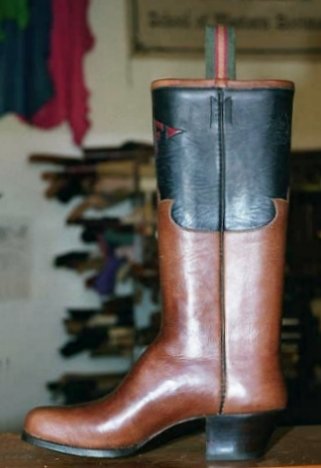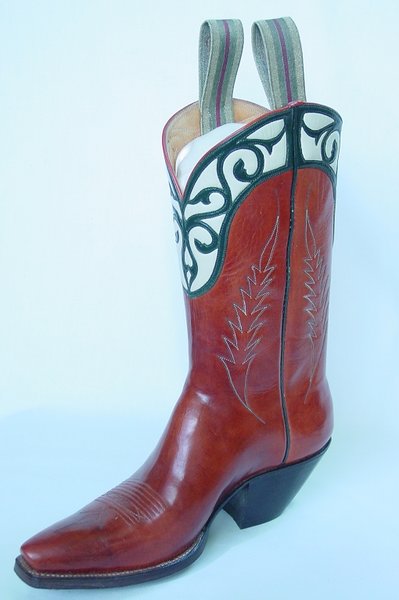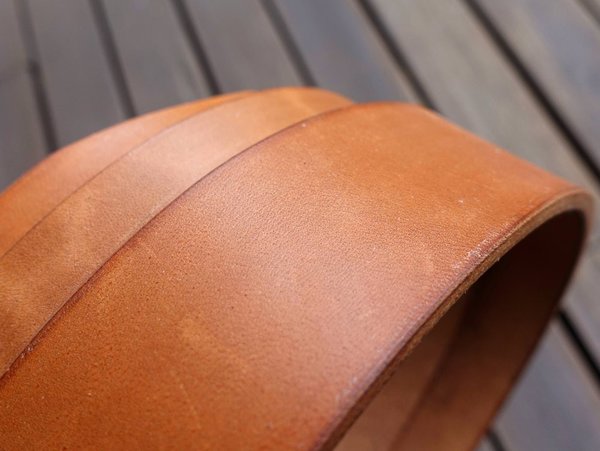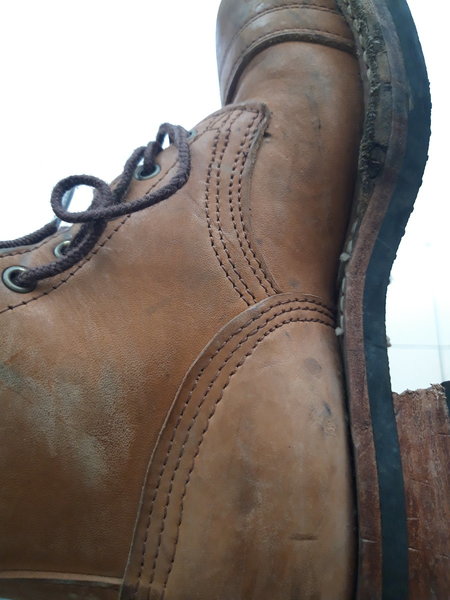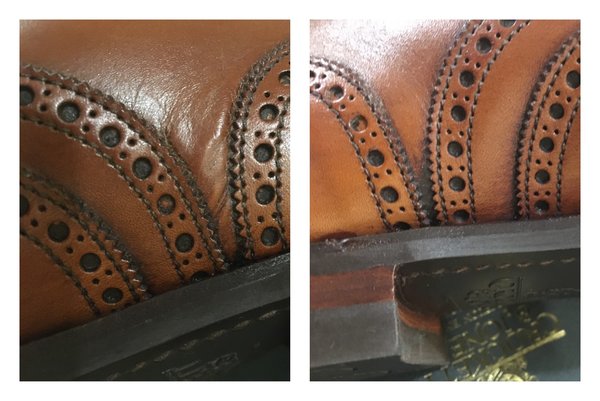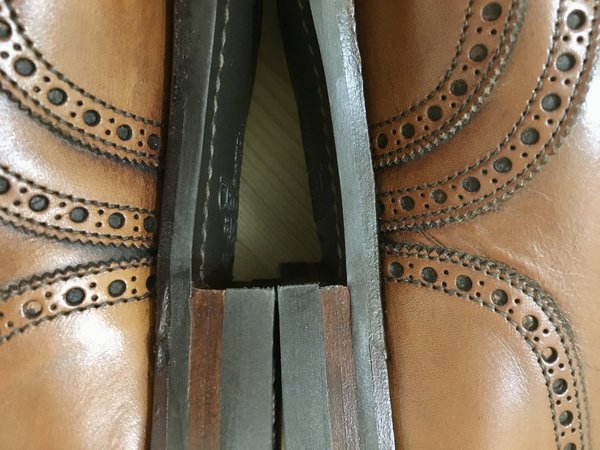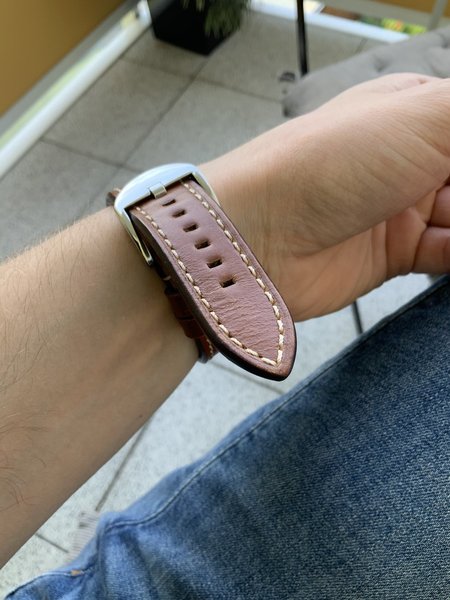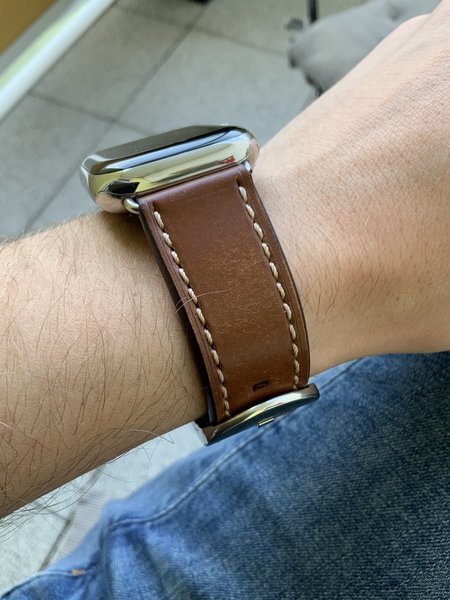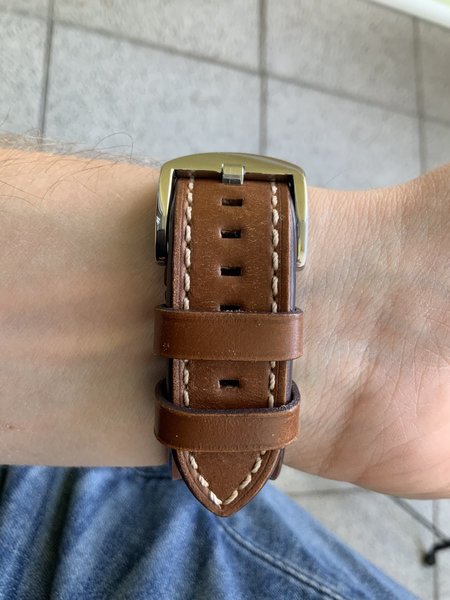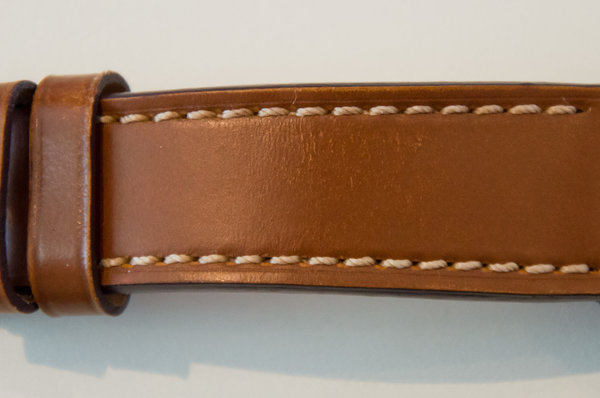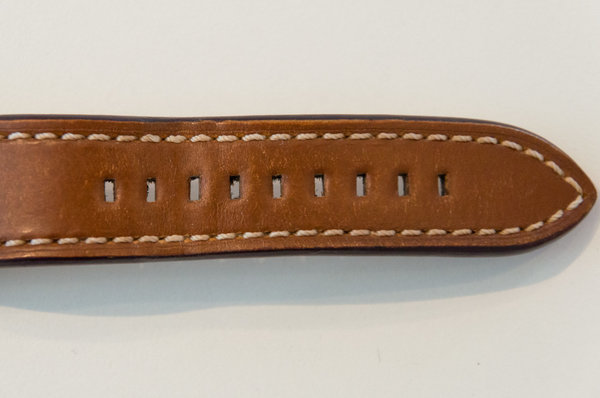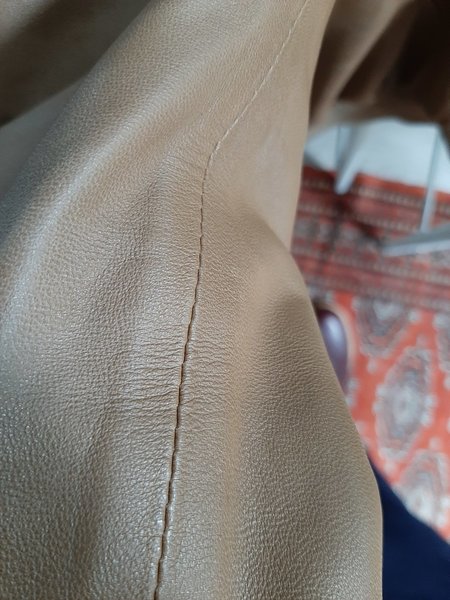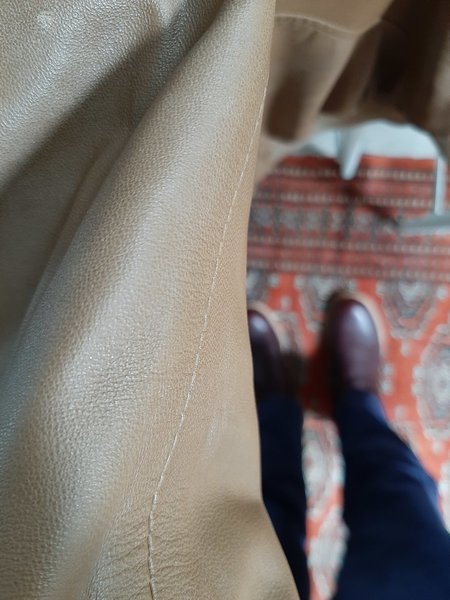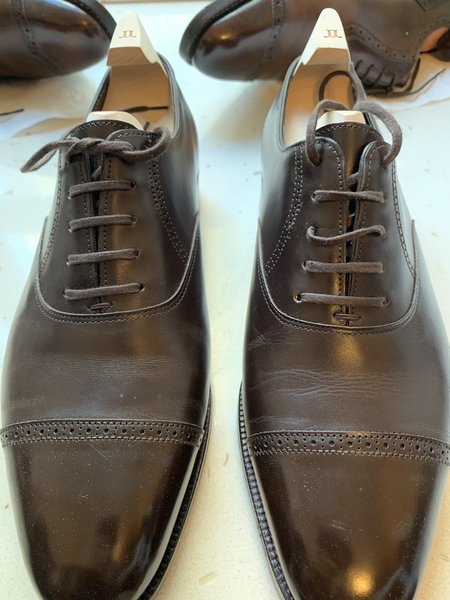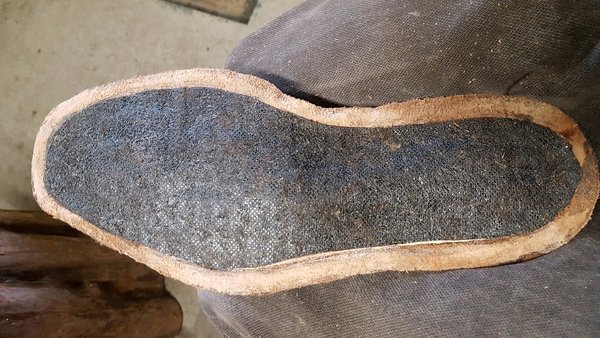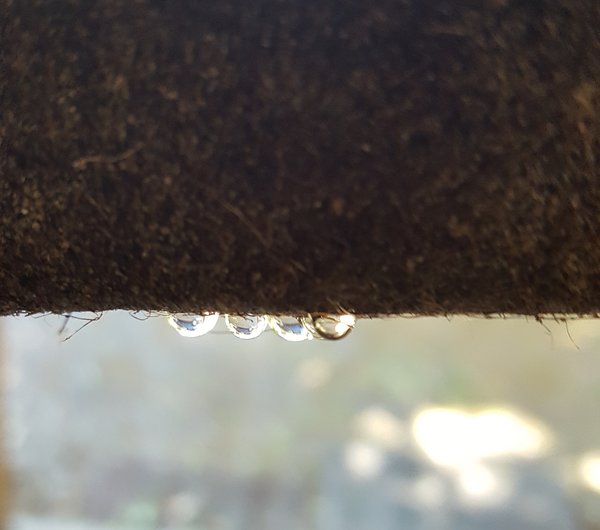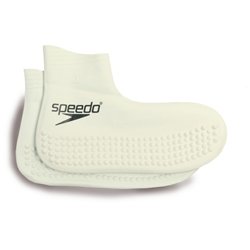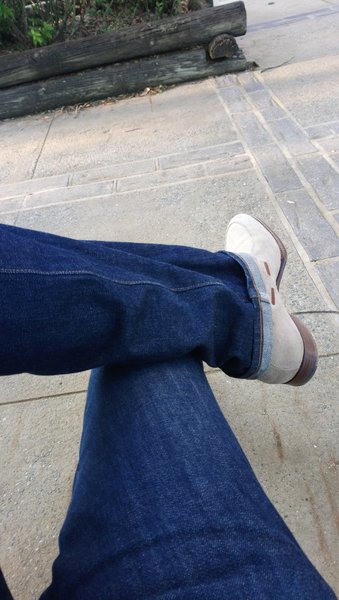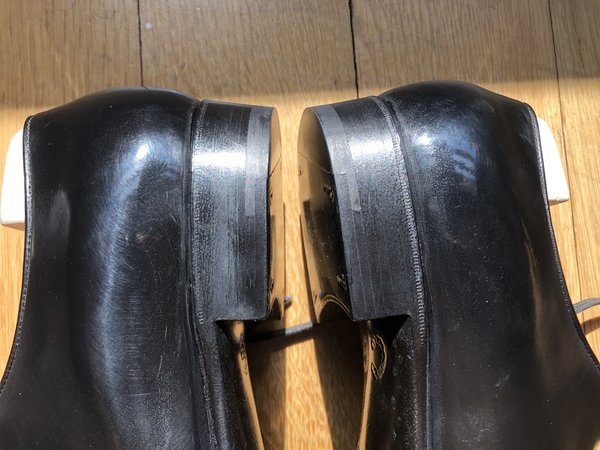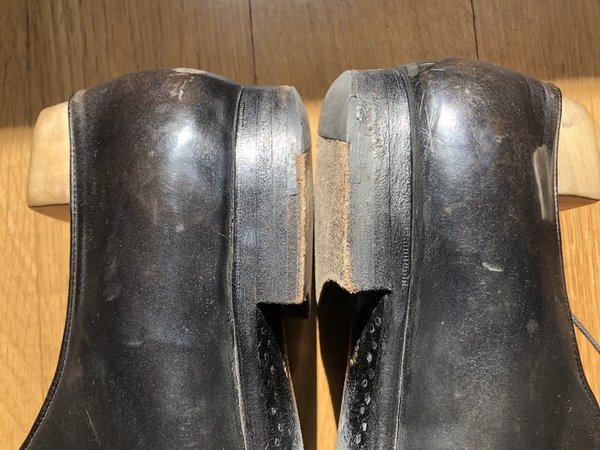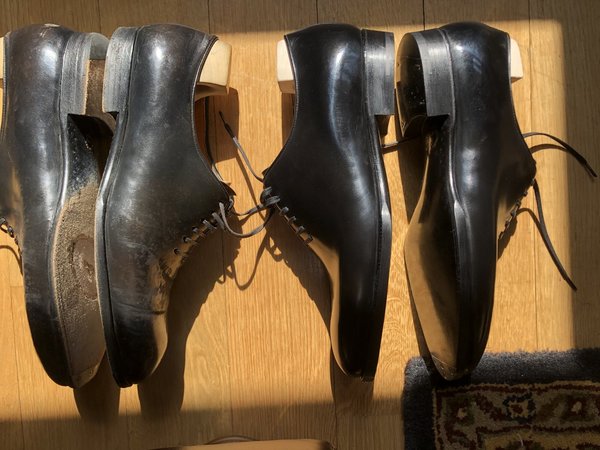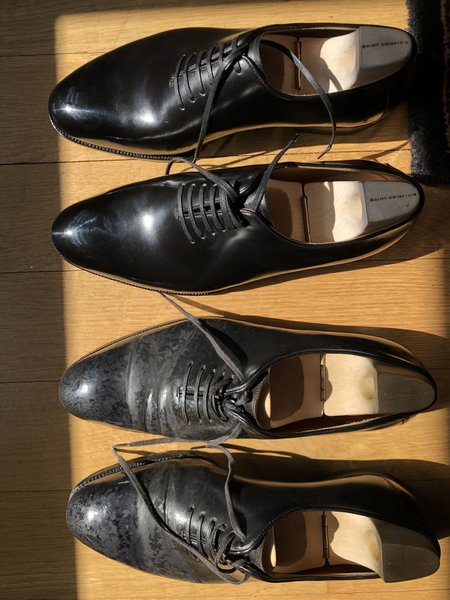- Joined
- Jan 8, 2008
- Messages
- 10,132
- Reaction score
- 5,714
I don't think the differences are that significant, especially when you're considering what solvents are being used, etc.. One may have more carnuba, and other product may have more pigment.
It's only when things like mink oil, mineral oil and silicone start entering the recipes that I get nervous. I used to think that Meltonian was just re-branded Properts (or vice versa.) I don't know, I would gravitate towards more Traditonal and natural products, if I had a choice and knew for sure what the formula was.
Is it a "marketing ploy"? What isn't?At a certain point...as I've said many times...it isn't about quality anymore (if it ever was), it's about profit.
To the extent that products fall from grace or start experiencing difficulty with things like colour and oxidation and/or separation in this context, it's almost always because at some level choices were made to substitute relatively expensive raw materials or techniques for cheaper ones.
Thank you, DWFII for your detailed and - as always - helpful reply. It was enlightening.
In my message, I had written a line about 'do Saphir products really make a lot more of a difference to shoes than, say, Meltonian. - but I deleted it. From what you write, I suspect that one answer to that question might be 'not a lot of difference'. Is the difference almost just a marketing ploy? Just as people may buy 'label' clothes, imagining that they are getting something better and feeling somehow superior to those who buy ordinary clothes?
I don't think the differences are that significant, especially when you're considering what solvents are being used, etc.. One may have more carnuba, and other product may have more pigment.
It's only when things like mink oil, mineral oil and silicone start entering the recipes that I get nervous. I used to think that Meltonian was just re-branded Properts (or vice versa.) I don't know, I would gravitate towards more Traditonal and natural products, if I had a choice and knew for sure what the formula was.
Is it a "marketing ploy"? What isn't?At a certain point...as I've said many times...it isn't about quality anymore (if it ever was), it's about profit.
"A maker has to choose--whether to make shoes (read 'quality') or to make money...because you can't do both"--DWFII
To the extent that products fall from grace or start experiencing difficulty with things like colour and oxidation and/or separation in this context, it's almost always because at some level choices were made to substitute relatively expensive raw materials or techniques for cheaper ones.
Last edited:
